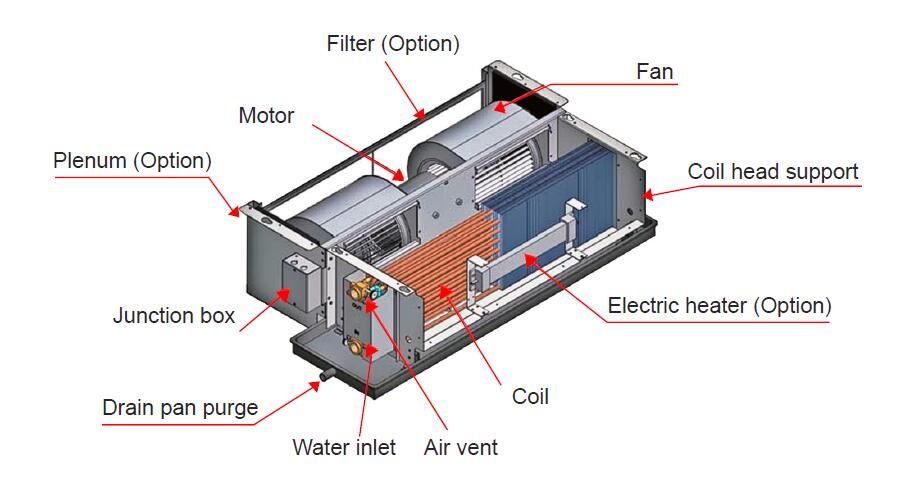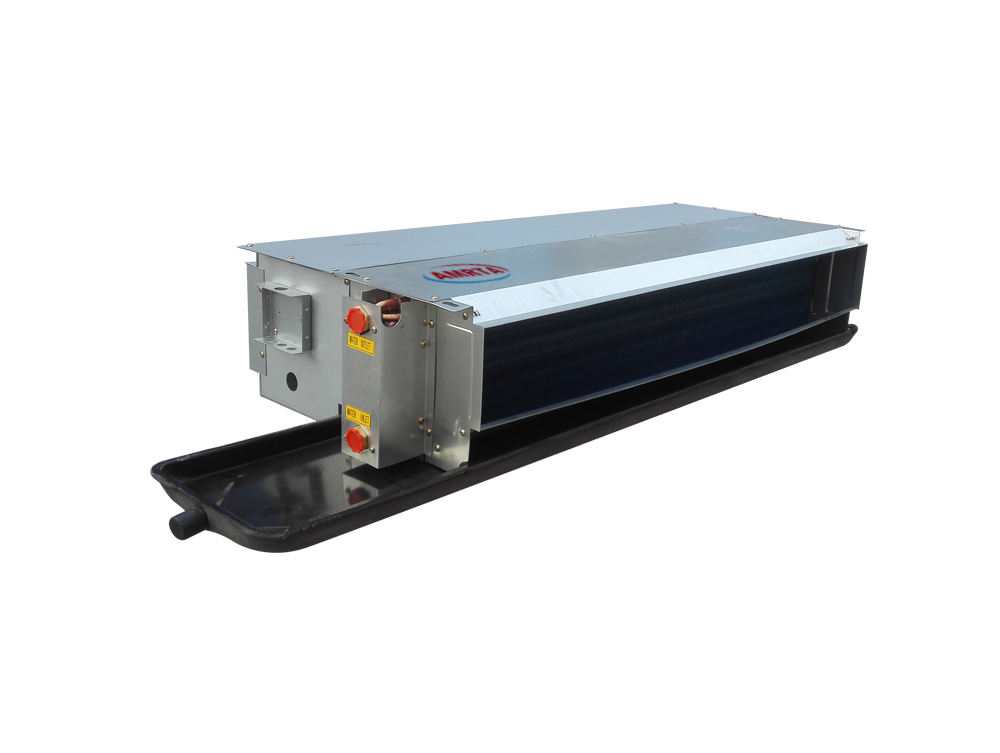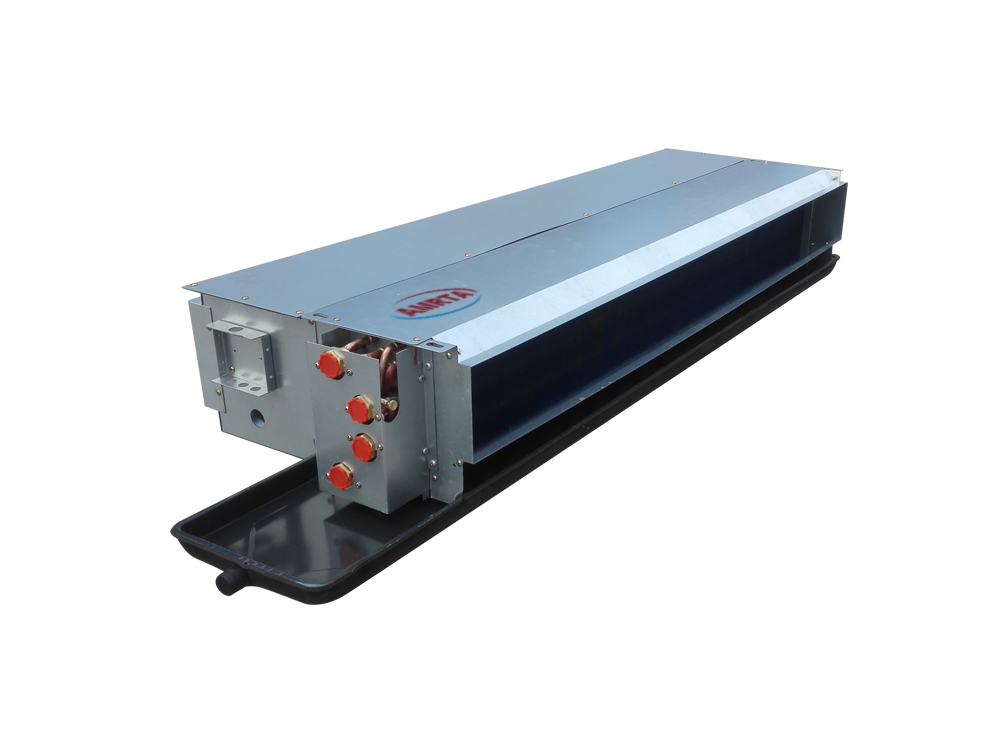2. Large-diameter pump with small water pumping Many operators think that this can increase the actual head, in fact, the actual head of the pump = total head ~ loss head. When the pump model is determined, the total head is constant; the loss head mainly comes from the pipe resistance, the smaller the pipe diameter, the greater the resistance is, so the greater the loss head, so after reducing the pipe diameter, the actual lift of the pump can not be increased. Instead, it will decrease, leading to a drop in pump efficiency. Similarly, when a small-diameter pump uses a large pipe to pump water, it will not reduce the actual head of the pump. Instead, it will reduce the loss head due to a reduction in the resistance of the pipe, which will increase the actual lift. It is also considered that the small-diameter pumps will inevitably greatly increase the motor load when they pump water. They believe that after the pipe diameter is increased, the water in the outlet pipe will have a large pressure on the pump impeller, which will greatly increase the motor load. As everyone knows, the size of the liquid pressure is only related to the height of the head, and has nothing to do with the size of the cross-sectional area of ​​the water pipe. As long as the head is constant, the impeller size of the water pump is constant. Regardless of the diameter, the pressure acting on the impeller is constant. Only after the pipe diameter increases, the flow resistance will decrease, and the flow will increase, and the power consumption will also increase appropriately. But as long as the rated head range, regardless of how to increase the diameter of the pump can work properly, but also can reduce the loss of pipelines, improve the pump efficiency.
3. When installing the water inlet pipe, the horizontal section may be horizontal or upward. This will cause air to collect in the water inlet pipe, reduce the degree of vacuum of the water pipe and the water pump, reduce the water absorption of the pump, and reduce the water output. The correct approach is: The horizontal section should be slightly inclined to the direction of the water source, should not be horizontal, but not upturned.
4. The elbows used in the inlet pipe are many if there are many elbows used in the inlet pipe, which will increase the local flow resistance. And the elbow should be turned in the vertical direction, not allowed to turn in the horizontal direction, so as not to gather air.
5. The water pump inlet is directly connected to the elbow, which causes uneven distribution of the water flow through the elbow into the impeller. When the diameter of the inlet pipe is larger than the inlet of the pump, an eccentric reducer should be installed. Eccentric reducer tube is to be mounted on the flat surface, and the inclined surface is mounted on the bottom. Otherwise, the air will gather, the amount of water will be reduced or the water will not be able to be pumped, and there will be a crash. If the inlet pipe and the water pump inlet diameter are equal, a straight pipe shall be added between the inlet of the pump and the elbow. The length of the straight pipe shall not be less than 2 to 3 times the diameter of the water pipe.
6. The bottom section of the water inlet pipe with bottom valve is not vertical. If it is installed in this way, the valve cannot be closed by itself, causing water leakage. The correct installation method is: The inlet pipe is equipped with a bottom valve, and the bottom section is preferably vertical. If it cannot be installed vertically due to topographic conditions, the angle between the axis of the water pipe and the horizontal plane should be above 60°.
7. The inlet of the inlet pipe is not in the correct position. (1) The inlet of the inlet pipe is less than the diameter of the inlet of the inlet and the bottom of the pool. If there is sediment and other dirt at the bottom of the tank, when the distance from the water inlet to the bottom of the tank is less than 1.5 times of the diameter, it will cause poor water intake or infiltration of muddy debris and block the water inlet.
(2) When the depth of the inlet of the inlet pipe is insufficient, this will cause vortexes on the water surface around the inlet pipe, affecting the inlet water and reducing the amount of water discharged. The correct installation method is: the water depth of small and medium-sized pumps shall not be less than 300-600mm, and the large-sized water pumps shall not be less than 600-1000mm.
8. The outlet pipe outlet is above the normal water level in the outlet basin. If the outlet outlet is above the normal water level in the outlet basin, although the lift of the pump is increased, the flow rate is reduced. If due to topographic conditions, the water outlet must be higher than the water level of the water tank, then elbows and short pipes should be installed at the nozzle to make the water pipe a siphon type and reduce the outlet height.
Author: Yong Jia Liangbang pump manufacturers
Concealed Fan Coil Unit
Air flow: 340m3/h-2380m3/h, Cooling capacity: 1800W-12600W
Characteristics:
1.Efficient and energy saving
2.Quiet operation
3.Stable and reliable
4.Coil type. 2 pipes 3 rows/4 pipes 3+1 rows/2 pipes 4 rows
5.External static pressure
Standard pressure 12Pa/Medium static pressure 30Pa/High static pressure 50Pa
6.Optional
01.With plenum box, if Concealed Fan Coil unit with plenum box, bottom air intake or back air intake type can be choosed based on your requirement.
02.Without plenum box
03.Extended drain pan
04.two way valve/three way valve
06.Electric heater
07.DC/EC motor
7.Installation. Concealed on the suspending ceiling.



Concealed Fan Coil
Concealed Fan Coil,Horizontal Concealed Fan Coil,Ceiling Concealed Fan Coil,Concealed Fan Coil Unit
Jinan Amrta Air Conditioning Co.,Ltd , https://www.waterchiller.pl
